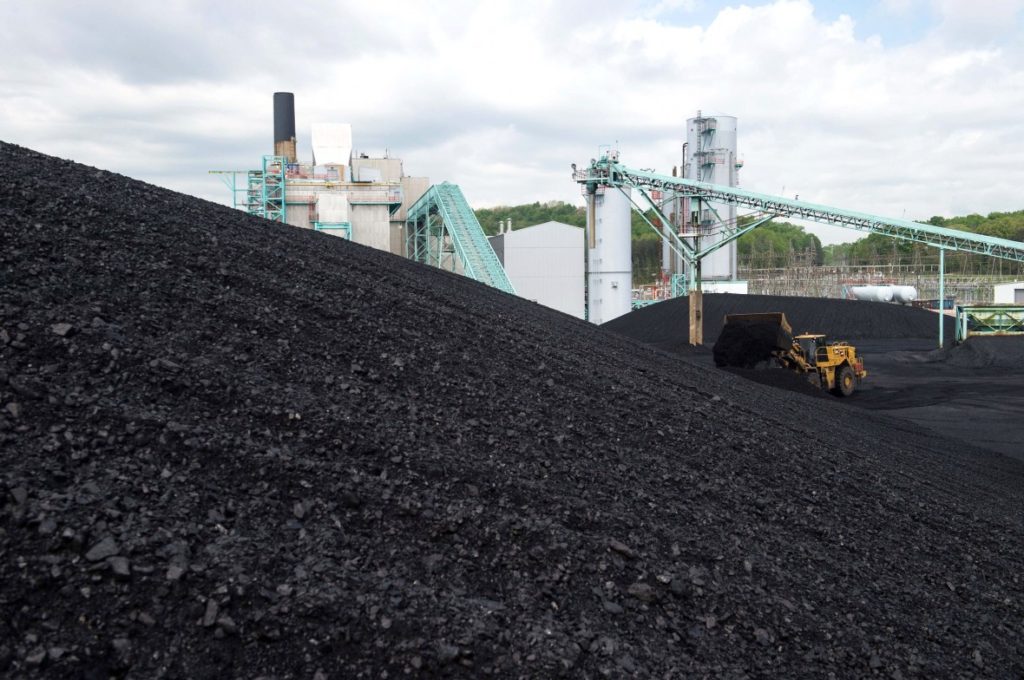Southwest Virginia’s economy has been based on coal since the late 19th and early 20th centuries. In the last few decades, however, the coal-rich rural area has experienced an economic downturn as the U.S. pursues alternative energy resources.
As lawmakers in the Virginia General Assembly work to figure out how to revive an economically languishing area, they may find that the area’s ticket to salvation is, in fact, coal itself.
This is because coal does not have to be burned to be useful. Actually, by not burning it, coal can be worth much, much more.
Weeks ago, the Virginia Coalfield Economic Development Authority (VCEDA) secured a $1.5 million loan for carbon research and other development projects in Wise County. The Coalfield Progress reports that the center projects it will have 10 full-time employees within one year and 35 full-time employees within five years, all working to advance research for the eventual manufacturing of commercial-grade graphene.
Moreover, as Virginia Tech is studying a market potential for graphene, the university and VCEDA are currently negotiating an intellectual property licensing agreement.
The Department of Mines, Minerals, and Energy (DMME) states that the Southwest Virginia Coalfield contains extensive deposits of low to medium-volatile bituminous coal, which is commonly referred to as “thermal” or “steam coal,” and is used to generate electricity in power plants. Though, the type of coal does not necessarily matter as graphene can produced from any carbon-based material, including wood chips.
Graphene is an allotrope of carbon, meaning it is just another form of the substance like diamond or graphite, but in this case consists of a single layer of carbon atoms arranged in a hexagonal lattice. Its structure, while simple in nature, has many unusual capabilities.
The material has a tensile strength 300 times stronger than steel, extraordinary thermal and electrical conductivity, high heat resistance, all the while being extremely lightweight and thin.
Not only does graphene show promise as the next generation of building materials, it could replace silicon-based electronics.
The major advantage of graphene compared to silicon is its low cost to produce from an incredibly cheap base material, which is coal, teamed with an uncomplicated solution procedure that allows for exceptionally low fabrication costs.
By promoting Southwest Virginia’s coalfields not as fossil fuel energy reserves, but as the next generation in building and computing materials, the area could experience a revival never before seen. Just as the microprocessor boom of the early 1970s launched the Silicon Valley of today, Virginia could be home to an equally powerful “Carbon Valley” in the near future.

